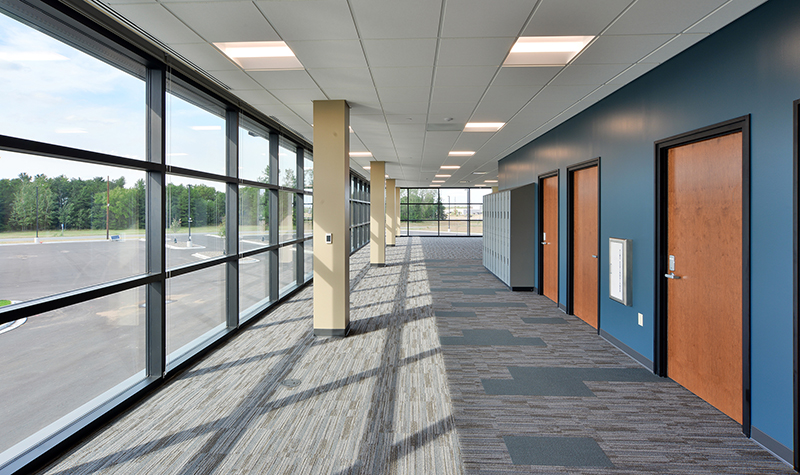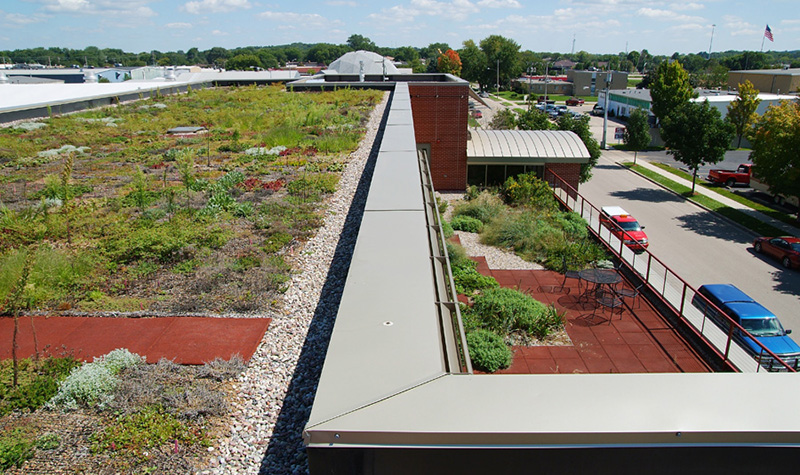It Just Makes Cents: Four Ways to Save Money on Your New Building

Few people in the world can truly say “money is no object” when undertaking a building project. The vast majority have to grapple with limited funds, and they need to get as much value as possible from each project dollar they spend. So how can architects and engineers (AE) help their clients do that?
Keeping Initial Costs Low with Foresight
To begin with, the AE can work to reduce the initial construction cost of a project. Good planning can keep the required size of a building to a minimum and minimize the square footage of the site that needs to be disturbed. Efficient building layouts, easy-to-erect structural systems, and good construction detailing can reduce the amount of construction time needed to complete the project. Judicious use of window openings and building orientation can maximize the amount of natural light that enters a building while reducing unwanted heat gain. This can reduce the size/cost of heating, cooling, and artificial lighting equipment needed.

Long-Term Planning for Operational Costs
However, the initial construction cost of a building is only a small fraction of the total operating cost of a building over the course of its total lifespan, which can extend for many decades. AEs will consider those operational costs as well.
One aspect is the life-cycle costs of building materials, systems, and equipment. We often find those items with lower initial costs are less durable and have shorter life expectancies before major maintenance or replacement is needed, compared with those with higher initial costs. AEs can conduct life-cycle cost analyses of various materials, equipment, and system alternatives to calculate their cumulative installation, maintenance, and replacement costs over the full time frame the building owner anticipates owning the building. The results of that analysis allow the AE and the owner to select items that are most cost-efficient over the full project time frame.
Going Green
Similarly, engineers can conduct an energy analysis that compares the initial and projected energy costs of alternative HVAC and lighting systems over the projected life of each system. The results will tell the AE and owner how much time is required for the potential energy cost savings to offset the higher first cost of more energy-efficient systems and how much additional cost savings would result after the break-even point occurs. This is an especially useful analysis because typically energy usage is the second biggest operating cost associated with a building.

Increasing Productivity
The biggest operating cost of a building? People. Specifically the costs of payroll, health care, recruitment, and training. While difficult to number-crunch like a life-cycle or energy-cost analysis, numerous studies have shown the quality of a built environment has a significant impact on personnel costs. Spaces that have more natural light, comfortable temperatures and noise levels, and good indoor air quality result in higher levels of employee morale and productivity, with less absenteeism and turnover.
Taking all of these into consideration – clever planning, keeping an eye on your long-term costs of maintenance/replacement and energy consumption, and providing a good working environment for your employees or tenants – should result in not only lower lifetime costs, but also increased value for your building.
For more information, please visit our Architecture Services page.

Post a comment: